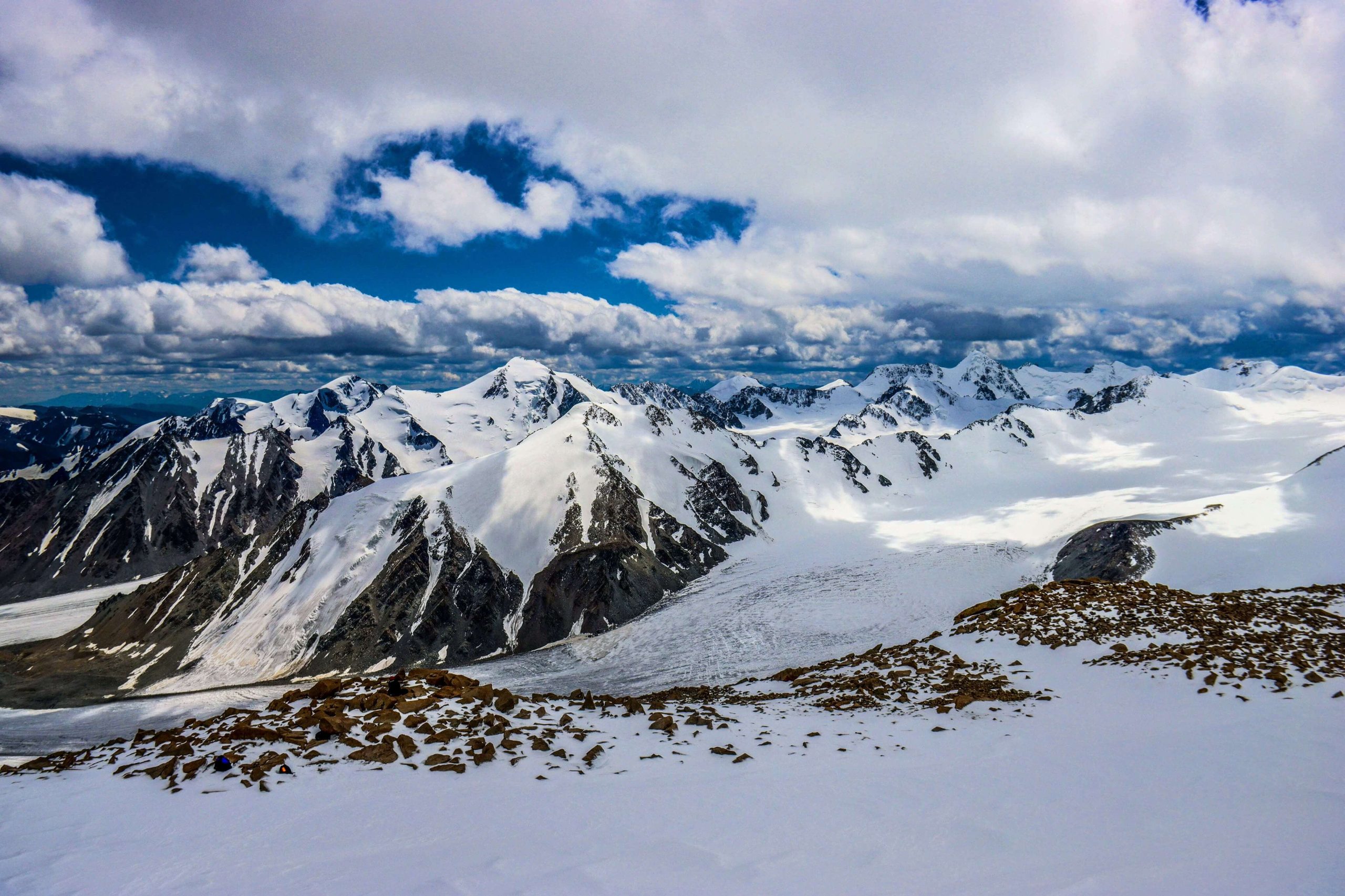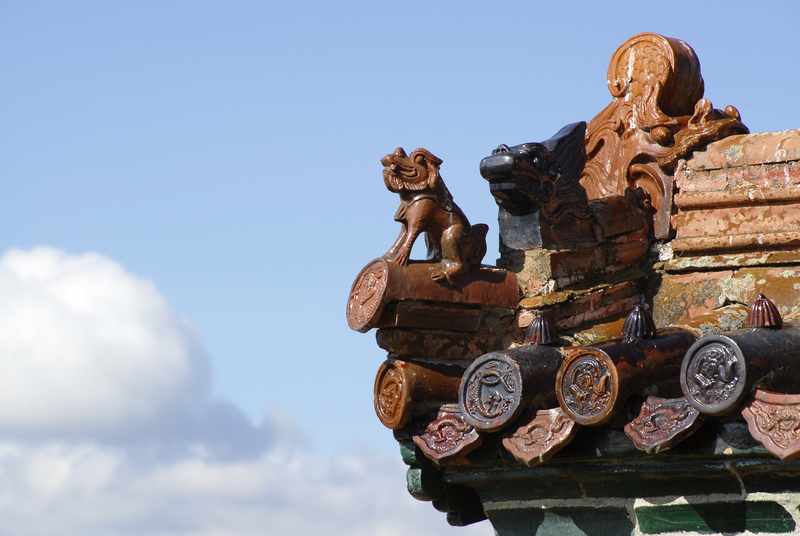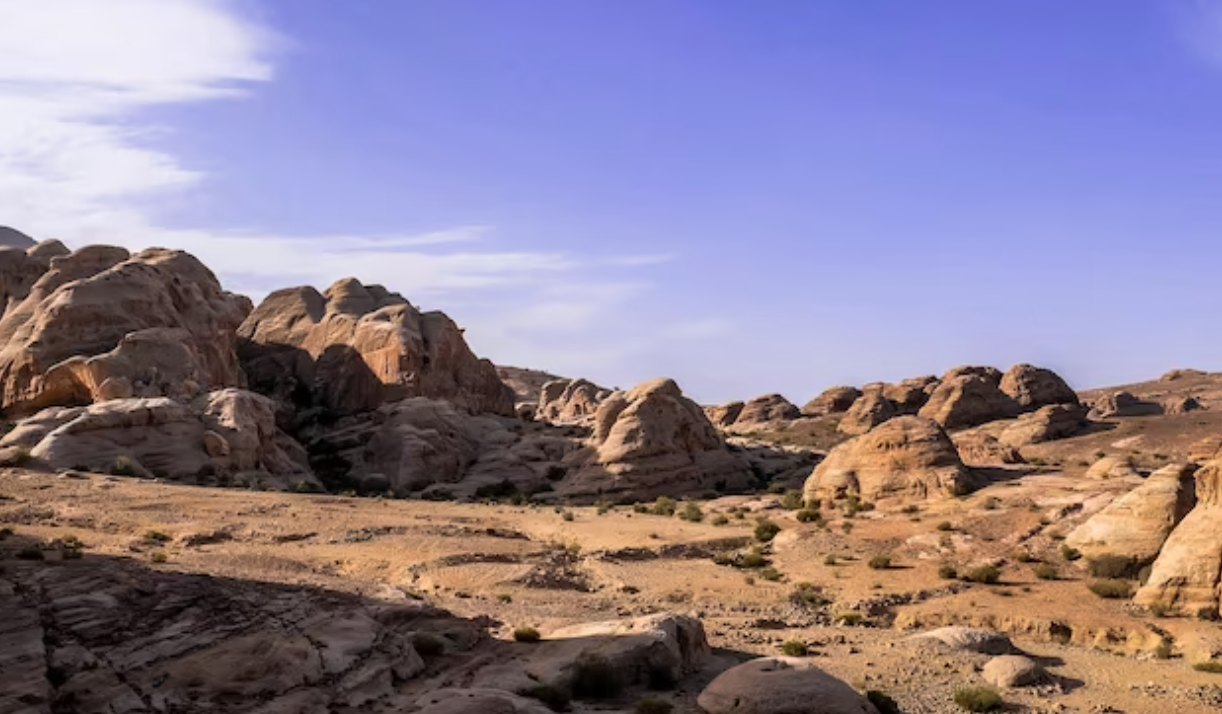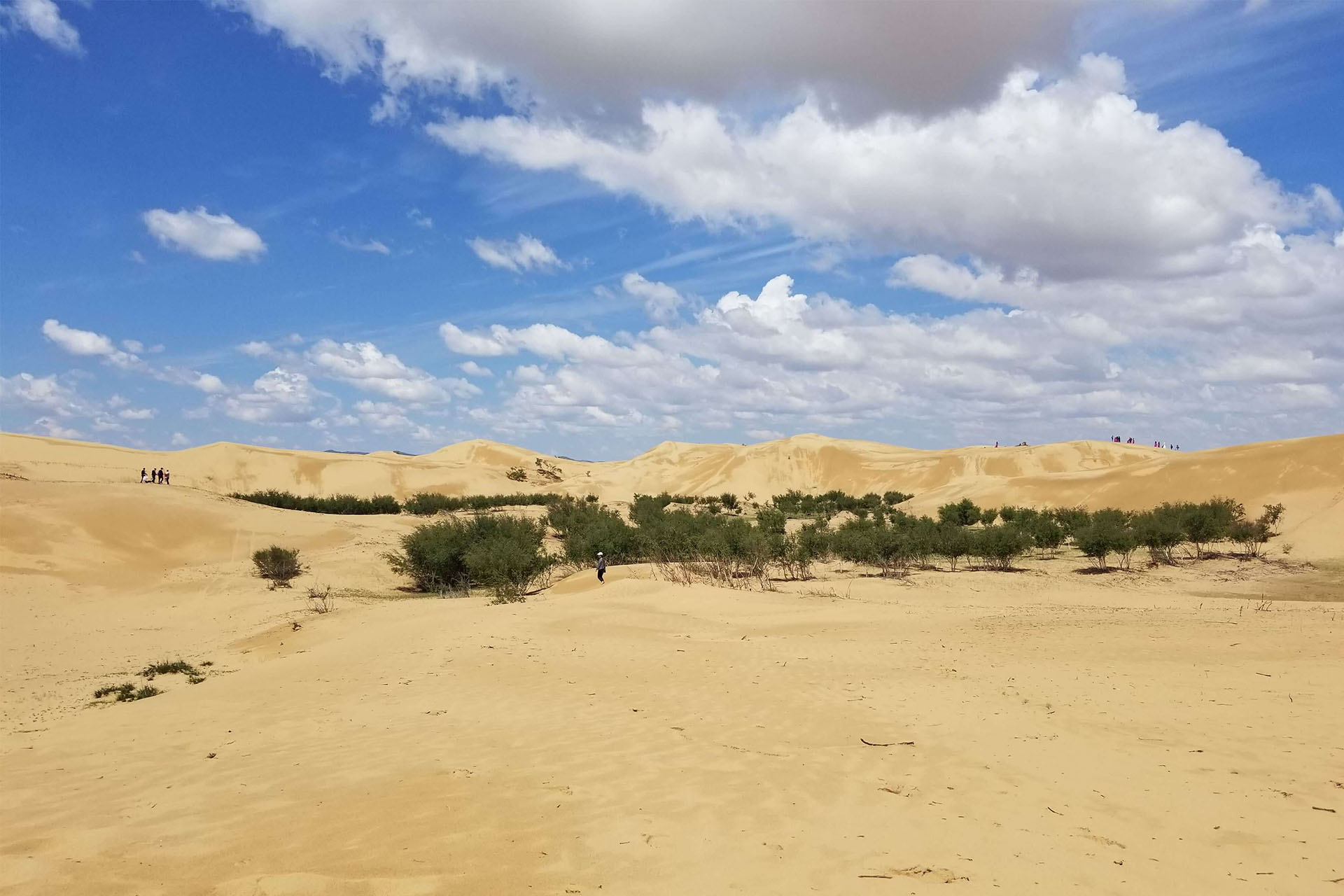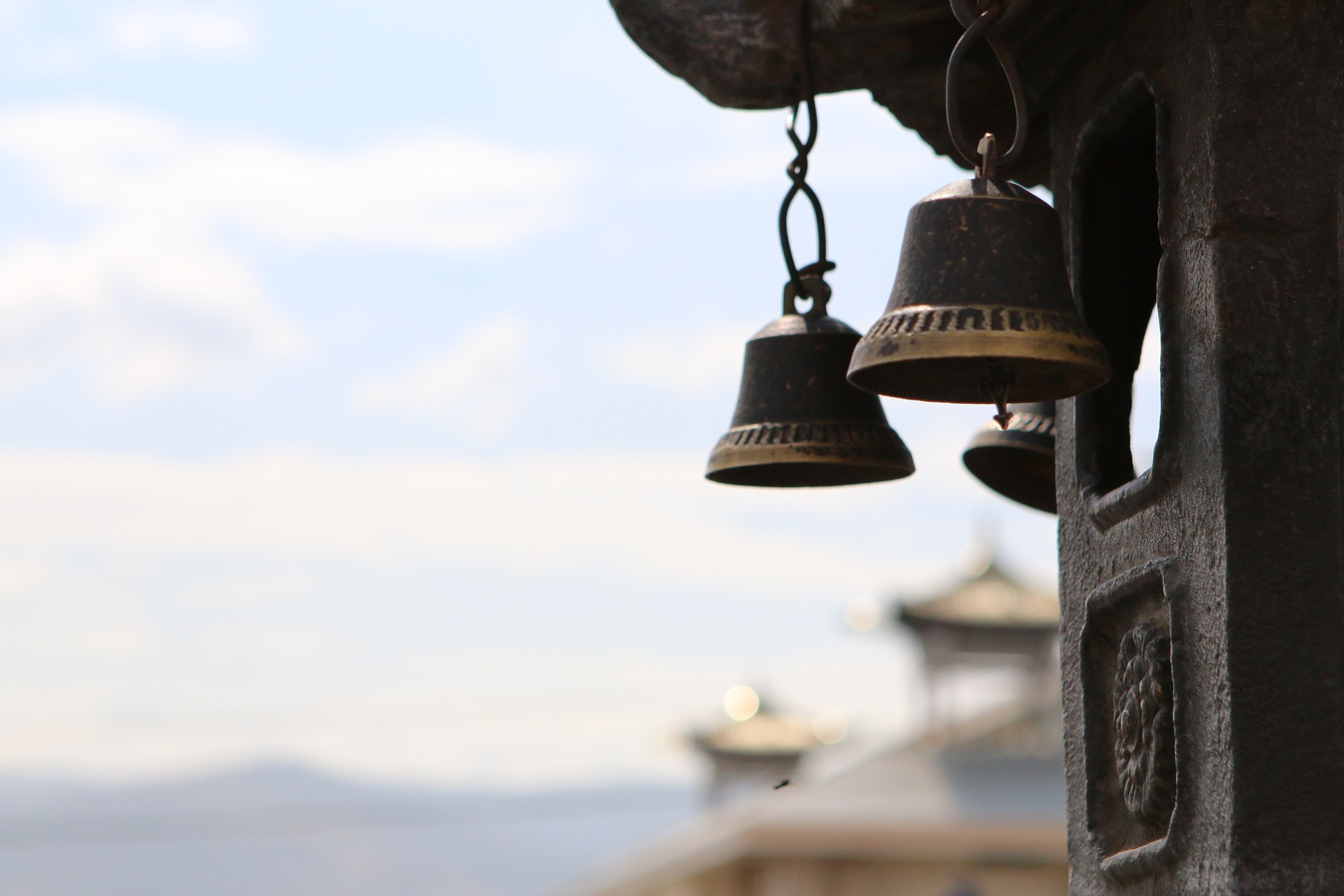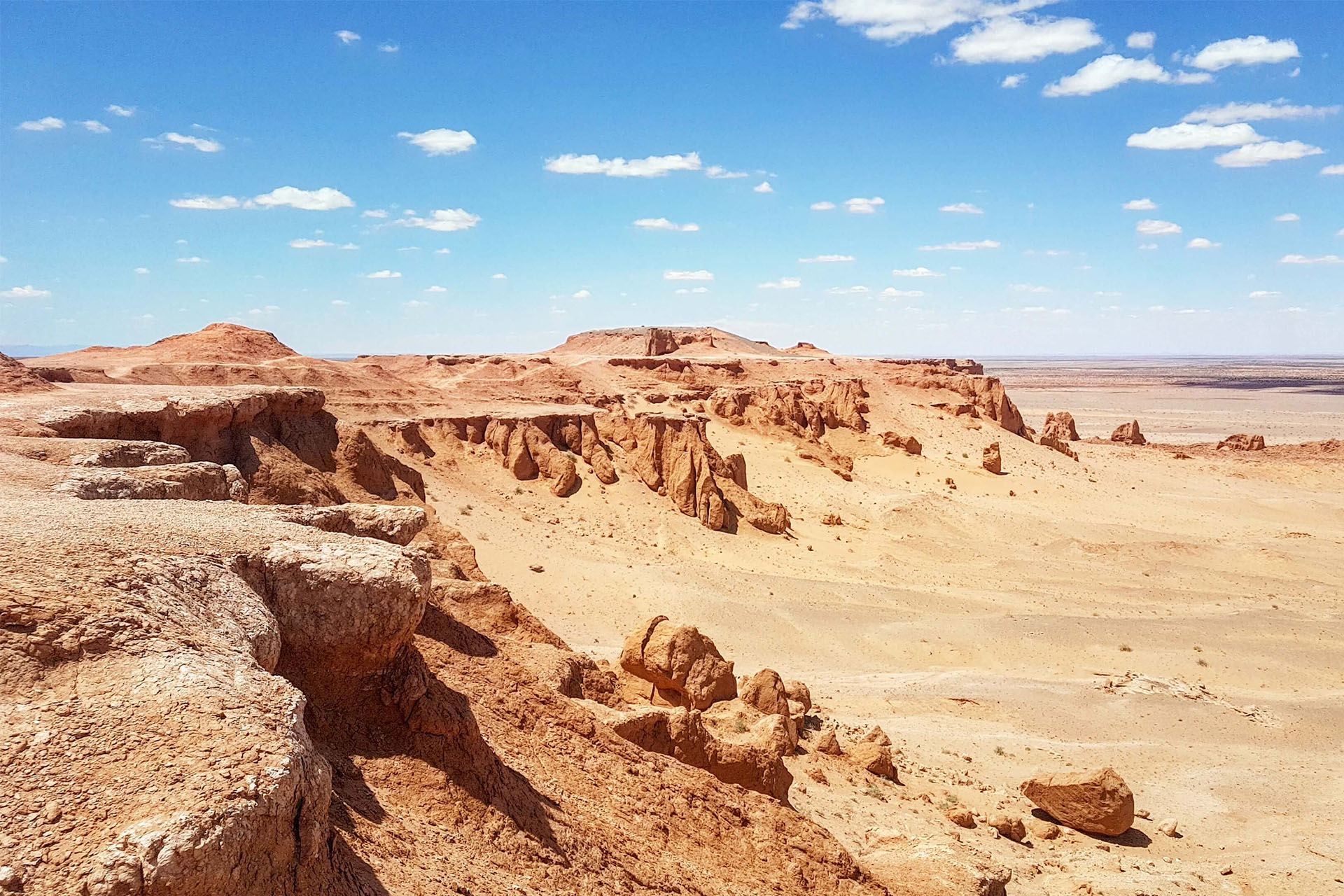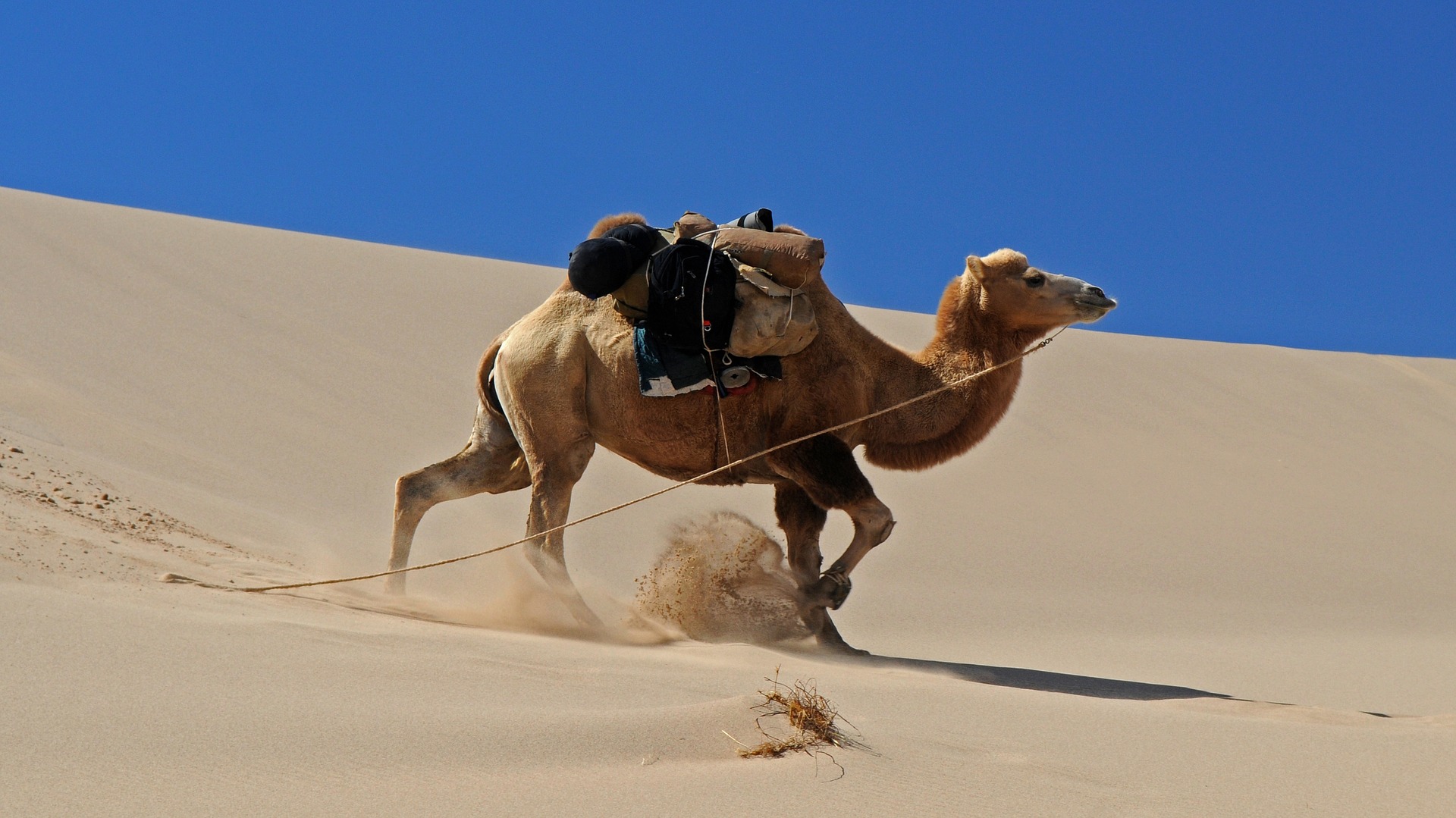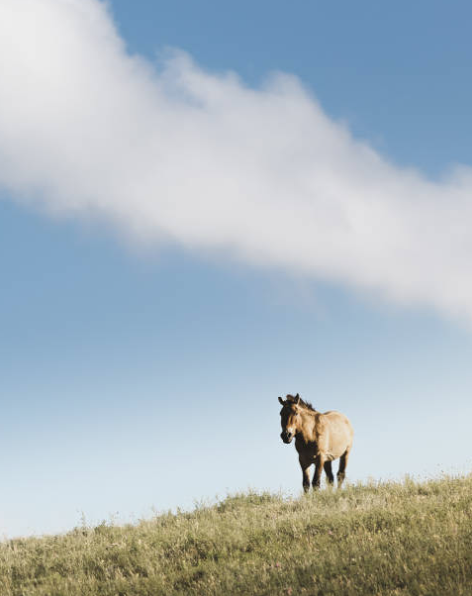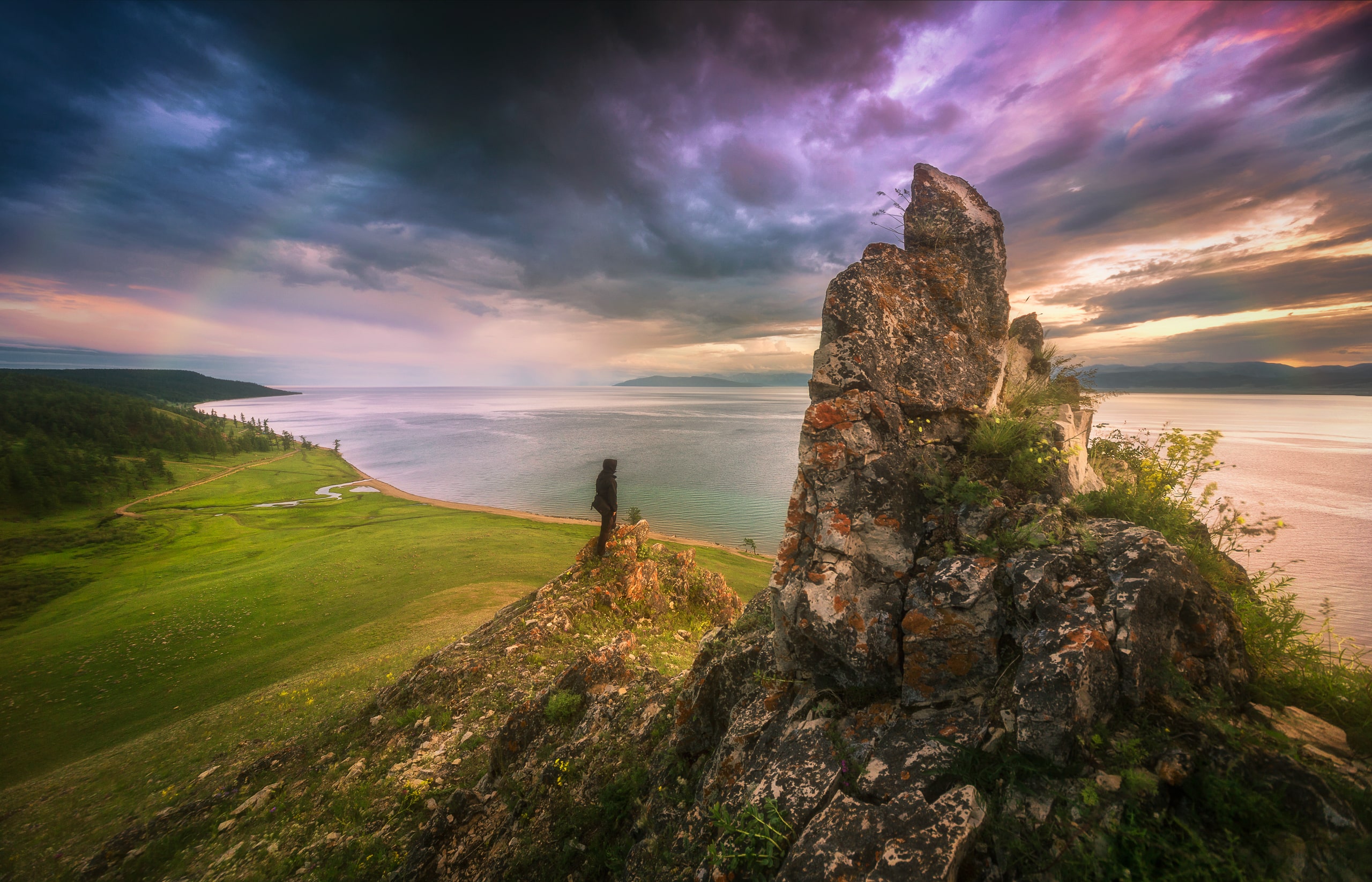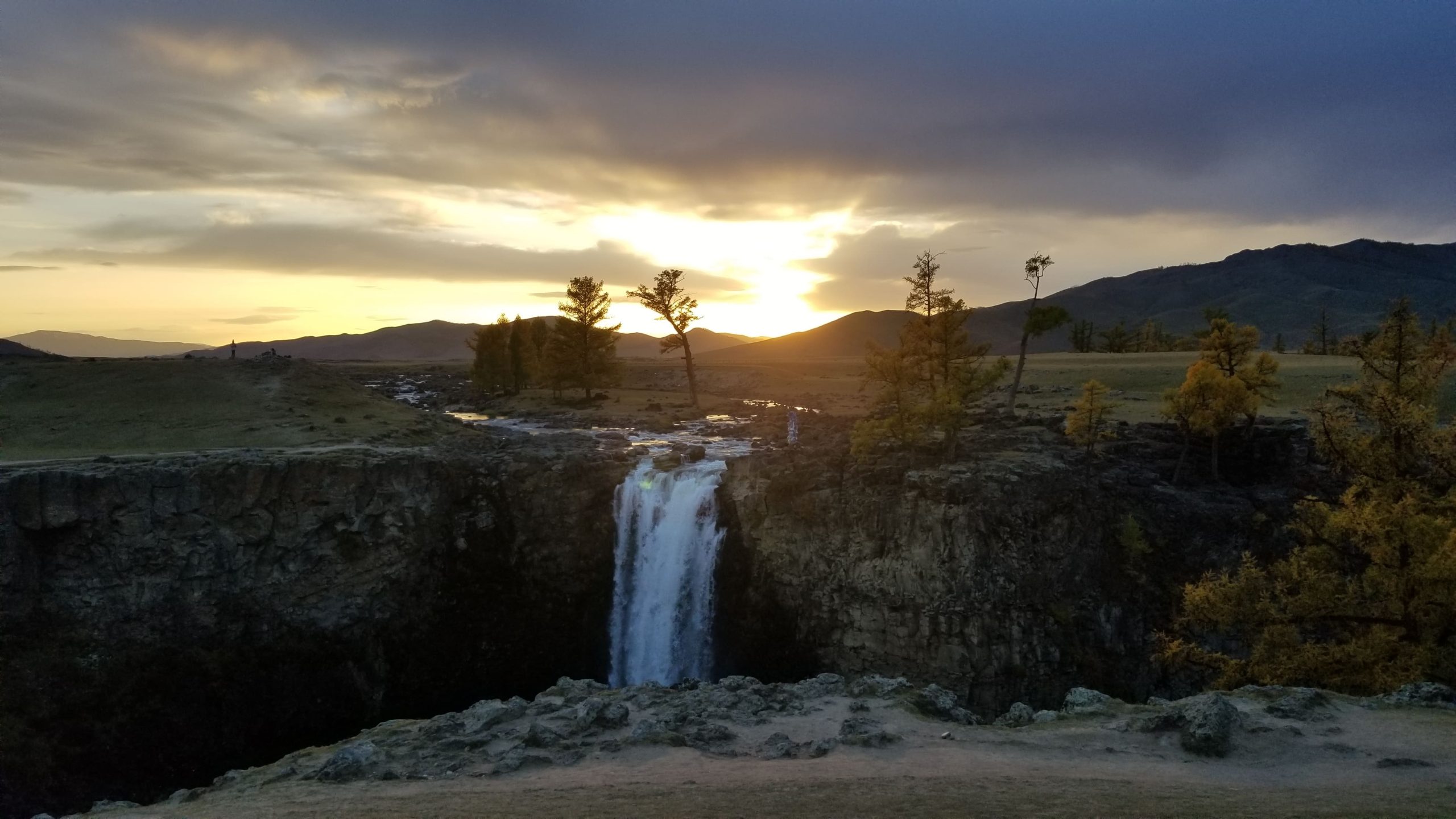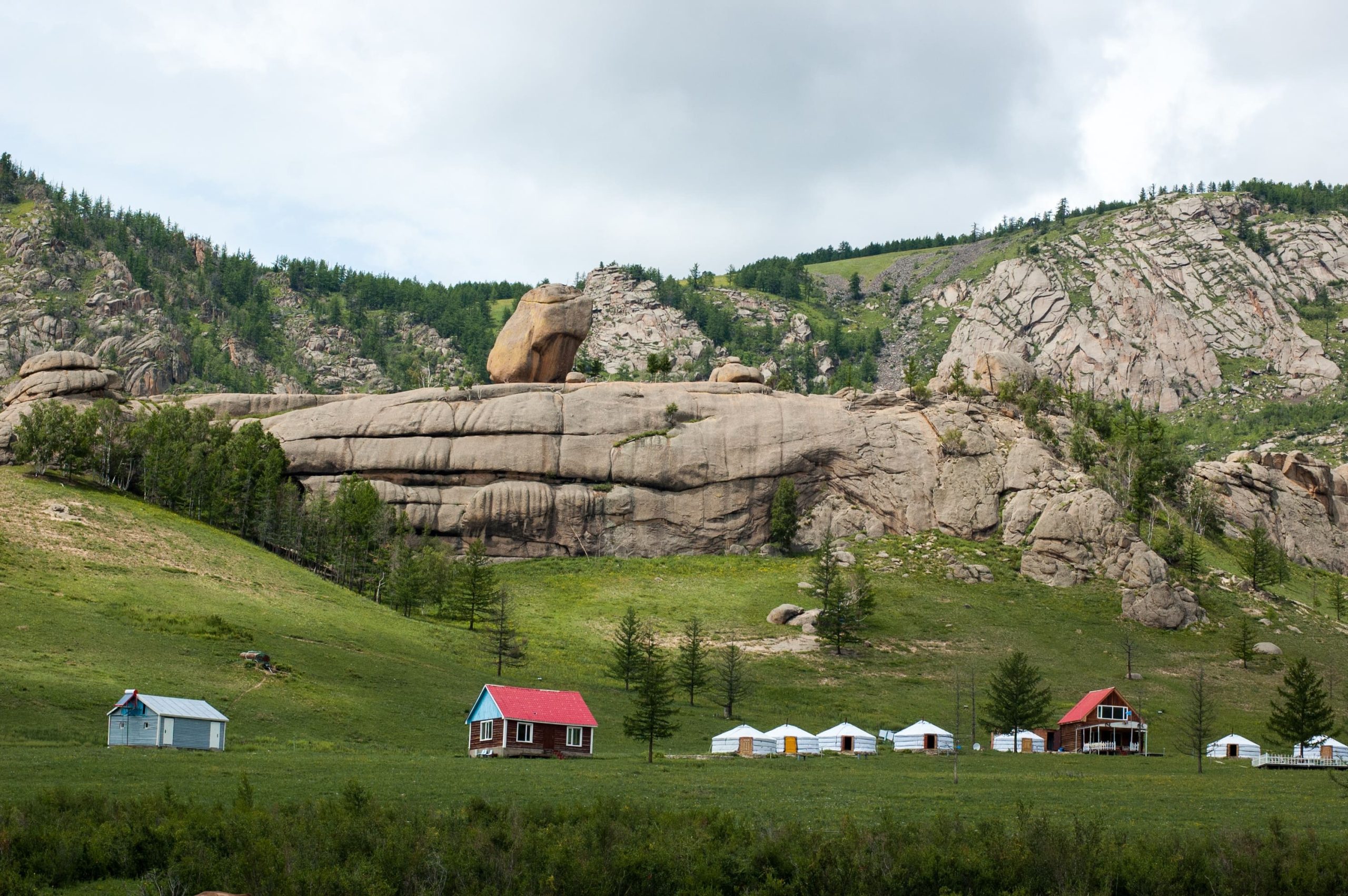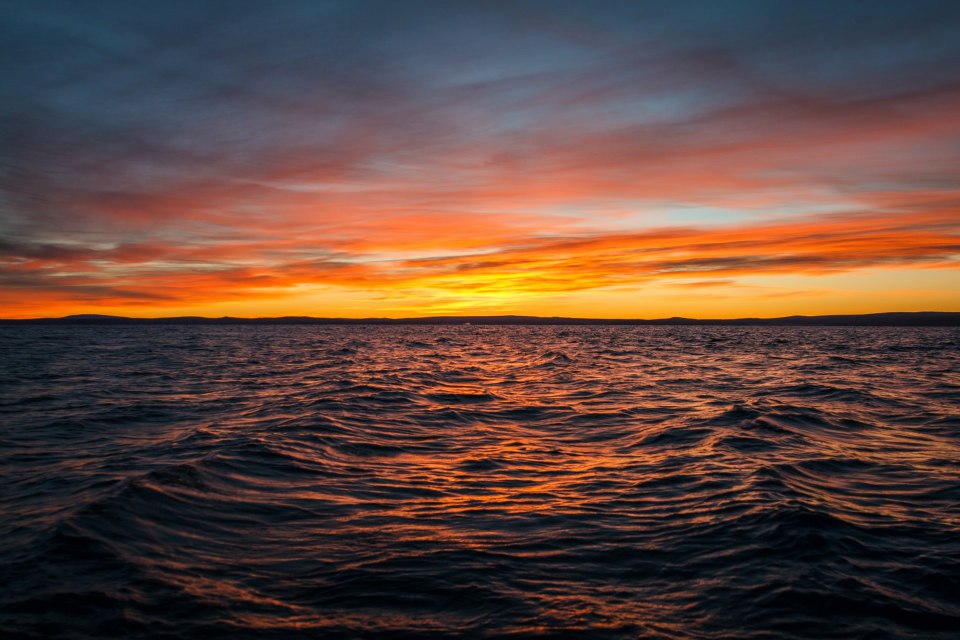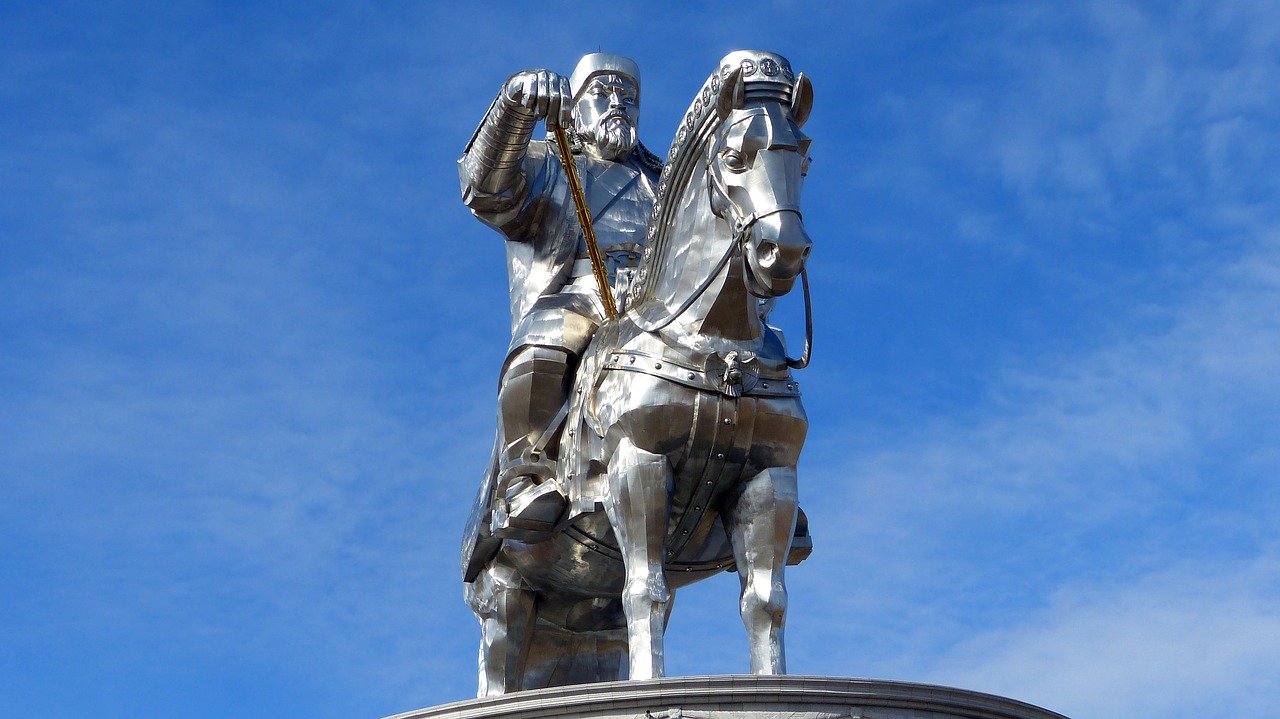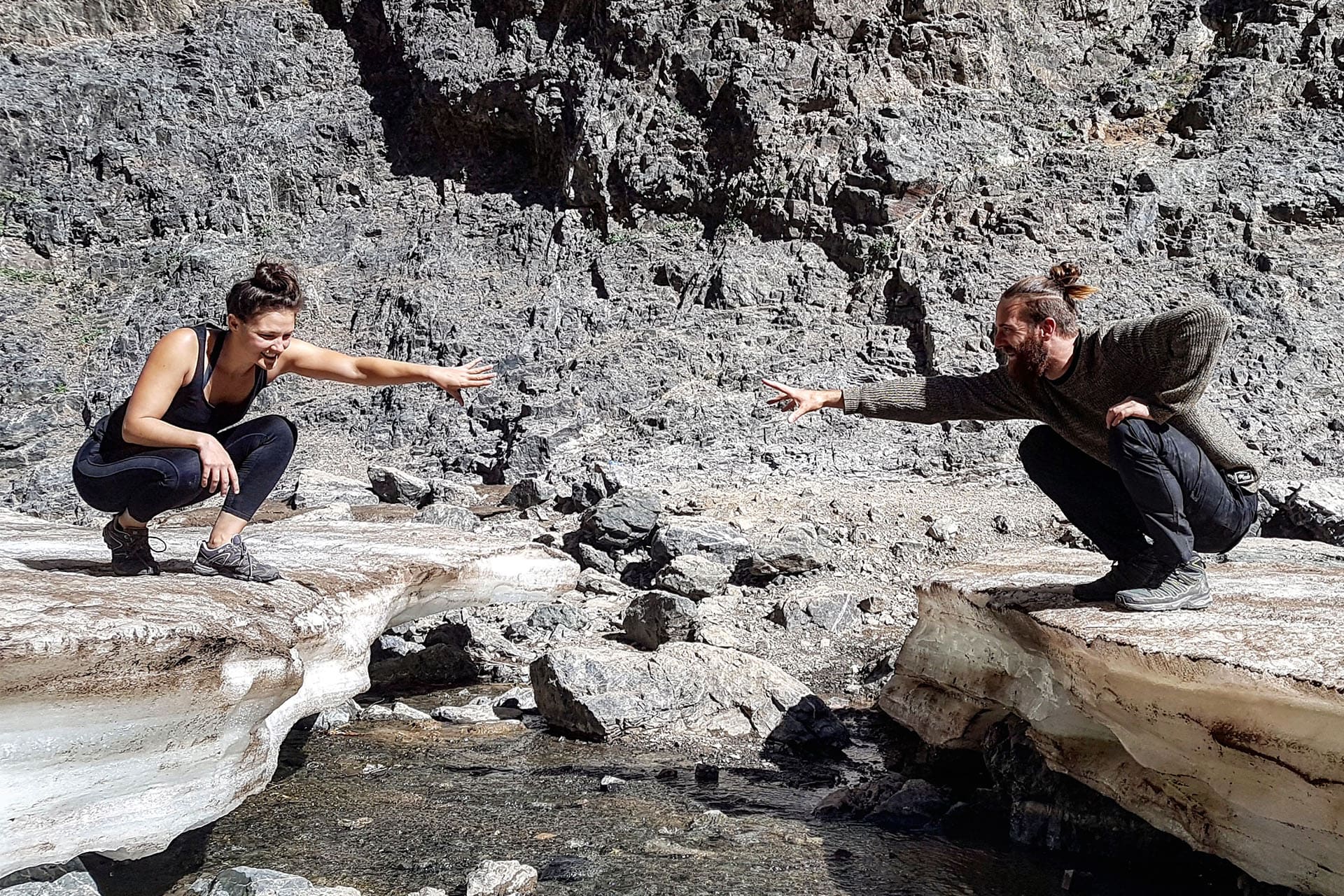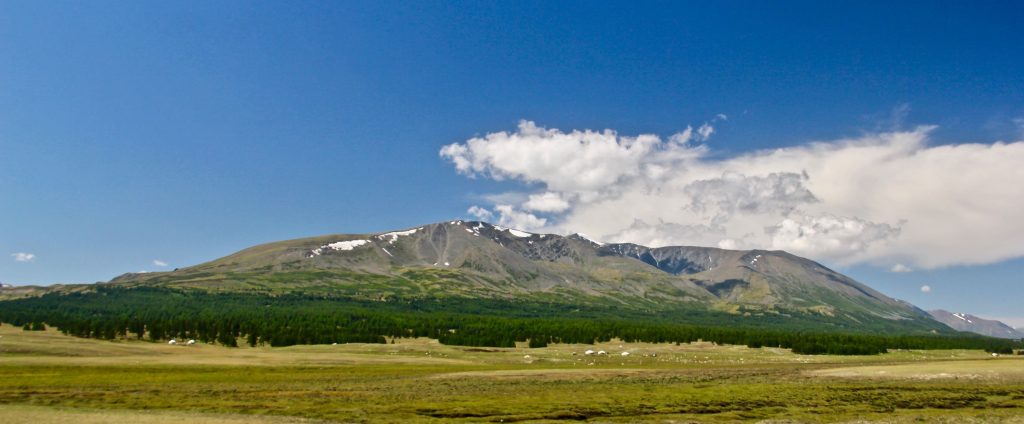
Mongolia can be an expensive destination to visit primarily due to its remote location, limited infrastructure, and high travel costs. Flights to Mongolia are often pricey because there are few direct routes, with most visitors needing to transit through major hubs like Moscow, Beijing, or Istanbul. Additionally, the country’s vast, rugged terrain means that getting around can be costly, especially if you’re heading to remote regions. Accommodation, transportation, and guided tours, especially for visitors aiming to experience Mongolia’s stunning countryside or nomadic lifestyle, can add up quickly. While local costs in Mongolia can be quite affordable, the overall expense of reaching and traveling through the country makes it a relatively expensive destination for many travelers.
Why is it So Expensive to Go to Mongolia?
Mongolia, with its vast steppes, nomadic culture, and stunning landscapes, is a dream destination for many travelers. However, many visitors often find that the cost of traveling to Mongolia can be higher than expected. But why exactly is it so expensive to go to Mongolia? In this blog, we’ll dive into the reasons behind the cost, how to save money, and what you need to know before visiting this unique country.
What is the Cheapest Way to Go to Mongolia?
Traveling to Mongolia on a budget is possible, but it requires some planning. Here are a few strategies to reduce your travel costs:
1. Book Flights in Advance: Flights to Mongolia are typically the most expensive part of the journey. However, by booking your flights early, you can often snag better deals. The primary international gateway is Chinggis Khaan International Airport (ULN) in Ulaanbaatar. To get cheaper flights, consider flying during the off-season (late fall or winter), as summer tends to be the high season.
2. Use Budget Airlines: While there are limited budget airlines flying directly to Mongolia, look for connecting flights via major hubs like Moscow, Beijing, or Istanbul. These routes can offer more affordable tickets, especially if you book during a sale.
3. Travel Overland: If you’re already in neighboring countries like China, Russia, or Kazakhstan, consider taking a train or bus to Mongolia. The Trans-Siberian Railway, for example, connects Moscow to Ulaanbaatar, offering a scenic (and cheaper) alternative to flying.
4. Stay in Hostels or Guesthouses: Accommodation in Mongolia can range from budget-friendly hostels to luxurious hotels. To keep costs low, opt for local guesthouses or even stay with nomadic families in rural areas. Many travelers choose home stays for an authentic experience while keeping their expenses down.
Is Mongolia a Cheap Place to Live?
Mongolia is often considered affordable to live in, particularly compared to Western countries, but it depends on where you live and your lifestyle.
Cost of Living in Ulaanbaatar vs. Rural Areas
– Ulaanbaatar: The capital city has seen significant growth in recent years, leading to a rise in costs, particularly in housing, restaurants, and services. However, it is still generally cheaper than major cities like New York or London. You can find budget meals for $2-$5, and public transport is inexpensive.
– Rural Mongolia: If you venture outside Ulaanbaatar, the cost of living drops significantly. Staying in a yurt (ger) or living with a nomadic family can be quite affordable. However, keep in mind that rural Mongolia can be remote, and some services or goods may be harder to access, which could increase the overall cost of living in those areas.
Key Expenses:
– Food: Traditional Mongolian cuisine, which features meat and dairy products, is relatively inexpensive, with meals at local eateries costing just a few dollars. International restaurants in Ulaanbaatar may be more expensive.
– Accommodation: In Ulaanbaatar, rent can vary significantly depending on location and type. However, living in rural Mongolia will generally be more affordable, especially if you stay in traditional gers (yurts).
– Transport: Domestic flights and travel by bus or train can be relatively affordable. However, long-distance travel to remote areas can get pricey due to transportation challenges.
